- As we already saw in this experience in Teledermatology (a telemedicine experience in Sevilla, Spain – 2020), triaging allows 80% of patients not to be referred to a dermatologist in a hospital (inpatient or outpatient)
- In this study workloads for the digital hospital were found to be highest for, dermatology, gastroenterology, orthopedics and neurology.
- Results showed that the high capability to make remote decisions and give response, in units like internal medicine, gastroenterology or neurology was really remarkable and unexpected, given that these are medical disciplines with a great part of clinical examinations and investigations…
- 95% of requests to internal medicine and 84% to neurology were not referred for hospital visits by the primary care physician
How long does it take to get an answer ?
- Here, the response times offered by each unit took a little bit more than three days on average:
- Organizational aspects of each participating unit, account for the wildly variable response times range between roughly 24 hours to seven days.
- In any case, there was far less time needed with telemedicine to determine in-person visits at the hospital than the conventional method.
David Roreno-Ramirez, MD. Everything started in Dermatology. 8th World Congress of Teledermatology, Skin Imaging and AI in Skin diseases – November 2020







